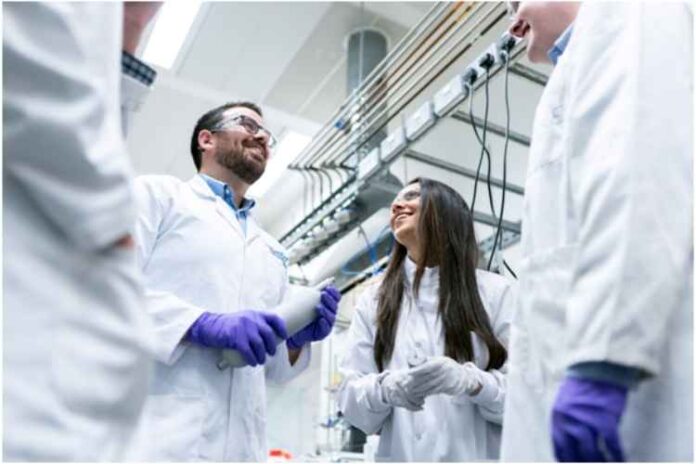As of 2021, we can find 85,000 labs in the world. These come with countless scientists, PPE, and chemical equipment. This makes sense, after all, since scientists wear PPE while they use chemical equipment to perform experiments.
Experiments take time, which means that scientists spend lots of it with their chemical lab equipment. Thus, they need tools that can handle the often literal heat produced from experiments.
Learn about the different materials that constitute chemical equipment below!
What are Alloys For in Chemical Equipment?
We can often find chemical equipment made from alloys. But why? What makes them so special?
Scientists classify alloys as materials that mix at least one metallic element with at least one other nonmetallic element. Together, these elements can combine their unique, individual characteristics to create ideal substances for lab equipment.
Check out the different types of alloys and their properties below.
Stainless Steel
These alloys contain chromium, nickel, and molybdenum. They offer superb chemical resistance. Several labs, especially those in chemistry, deal with harsh chemicals daily.
Such use (and re-use) can quickly wear down normal metals. Stainless steel lasts longer in this regard.
We can find such alloys available at nearly all prices. Yet prices often depend on steel conditions.
High Nickel
Unlike stainless steel, alloys with high nickel concentrations run expensive. High nickel alloys provide excellent corrosion resistance. Corrosion resistance just means that it takes longer for substances to rust.
Alloys with nickel also tend to be denser. Additionally, they have a high yield strength.
Titanium
Titanium alloys cost a pretty penny, too. That said, many people consider it a worthy investment.
These alloys prove less dense, possess high yield strength, and offer outstanding chemical resistance. All of this means that they run lighter, stronger, more ductile, and more weldable. Some alloys contain palladium, which makes them especially corrosion-resistant.
We can find substances like titanium sputtering target for a variety of uses down here:
https://www.sputtertargets.net/pure-metal/titanium-sputter-target.html
The above even has applications in the aerospace field!
Glass
Nowadays, we find glass a common material of construction (despite its “fragile” reputation). Glass comes with ultimate chemical resistance. It can withstand acids, halogens, organic substances, and more at over 100 degrees Celsius.
This makes it great in chemical process plants. Glass allows us to easily view chemical reactions firsthand, too. Their transparency also makes it easier to clean.
Some types of glass even prove chemically inert (or unreactive) to other elements!
Final Words on Chemical Equipment Materials
Overall, chemical equipment comes in various materials that each offer its own property. These properties let scientists choose the best tools/equipment for their work (plus, saves them money in the long run).
Whatever the case, our chemical lab equipment should have the appropriate properties so our experiments run safely and successfully. Research what you need and take the necessary precautions, now!
Like this article? Then check out our site for more valuable content!




